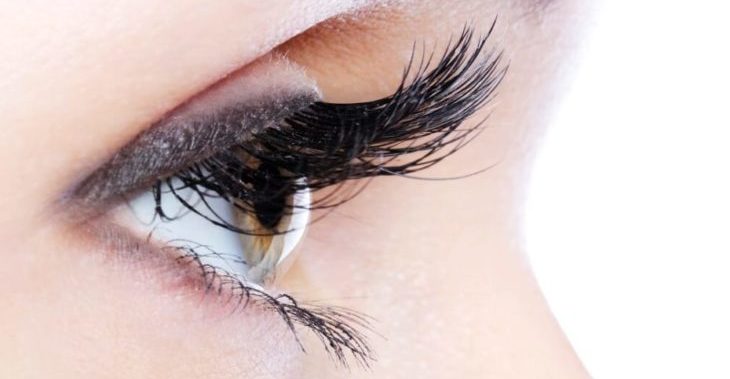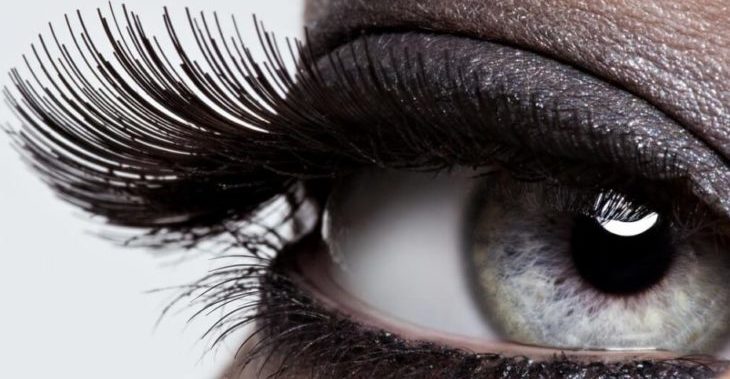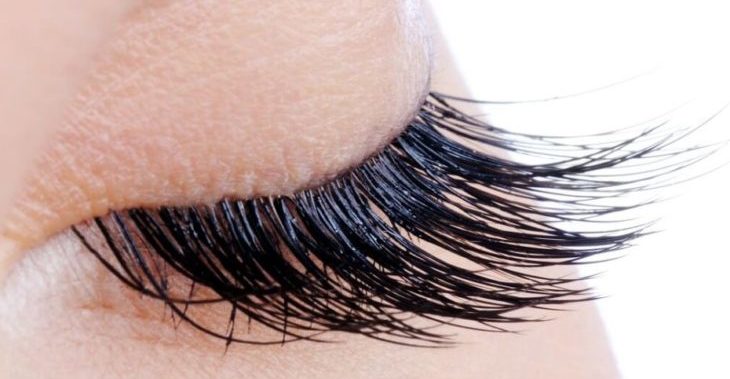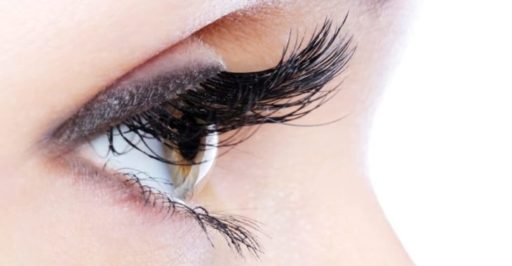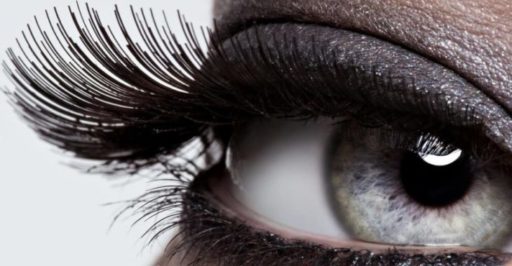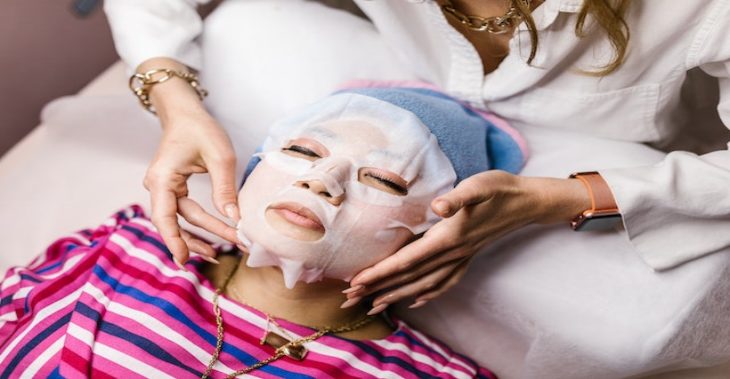
Full Face Waxing: Everything You Need To Know
Full face waxing is a popular choice for those looking to achieve a smooth, flawless complexion. This type of waxing can provide long-lasting results and help eliminate unwanted facial hair.
A full face wax should be performed by a professional in order to ensure that the process is conducted in the safest and most effective manner possible.
This article provides an overview of the different types of full face waxing available, as well as information regarding preparation, aftercare and potential risks associated with this procedure.
It is important to have a thorough understanding of what to expect before undergoing full face waxing in order to ensure that the experience is pleasant and successful.
Types Of Full Face Waxing
Full face waxing is a beauty treatment that removes unwanted facial hair from the eyebrows, upper lip, chin and sideburns. It is a popular choice for many people who want to achieve a smooth and polished look without having to use tweezers or other forms of hair removal.
The type of full face waxing used will depend upon the individual’s preferences and skin type. Soft wax is typically used on more sensitive areas such as the upper lip, whereas hard wax can be used on thicker, coarser hairs such as those found in the brows and sideburns.
The esthetician may also recommend using pre-treatment products to help loosen hairs before they are removed with wax strips. In some cases, an epilator may be used instead of wax strips in order to target fine hairs that are difficult to remove with traditional methods.
No matter which method is chosen, full face waxing should always be done by a professional esthetician who is well-trained in proper techniques for facial hair removal. This will help ensure optimal results and avoid any potential adverse reactions due to incorrect application of products or improper technique.
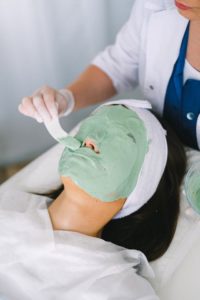
Preparing For A Full Face Waxing
Prior to receiving a full face waxing, it is important to take certain steps in order to ensure the best results.
First and foremost, you should always make sure you are prepared for your appointment. This means that you should arrive on time, with any necessary paperwork filled out ahead of time, and with a clean face.
Additionally, it is recommended that you avoid using any topical medications on your face for at least 48 hours prior to your appointment. This includes medications such as salicylic acid or retinol products, which can cause skin irritation when used in conjunction with waxing treatments.
Lastly, be sure to inform your esthetician of any medical conditions or allergies before beginning the treatment so they can tailor the service accordingly and provide the best care possible.
The Full Face Waxing Procedure
Before beginning the full face waxing procedure, it is important to ensure that all of the necessary materials are gathered. These materials include wax, a wax warmer, applicator sticks, pre- and post-wax treatments, and facial wipes. It is also important for the client to be in a comfortable position for the duration of the treatment.
Once the necessary materials have been gathered, the esthetician can begin by warming up the wax according to manufacturer’s instructions. Once heated, a small amount of wax should be applied with an applicator stick in small sections of skin.
The esthetician will then use their free hand to hold skin taut while they quickly remove hair with a removal strip or cloth. After each section has been treated, it is essential to apply a post-wax treatment such as lotion or oil specifically designed for waxing. This helps soothe and moisturize skin and reduce redness and irritation caused by waxing.
Finally, facial wipes should be used to remove any excess residue from the face before applying sunscreen if desired.
Aftercare Tips For Full Face Waxing
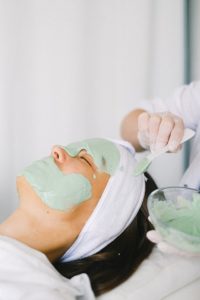
The experience of a full face wax can be both rewarding and daunting. After the waxing is complete, it is important to take the necessary steps to ensure that the skin remains healthy and protected. Following these aftercare tips will help you keep your skin looking beautiful, soft and smooth.
Firstly, it is important to avoid direct sun exposure for at least 24 hours. This will help prevent any burning or irritation that may have been caused by the waxing process. Applying a natural sunscreen before stepping out into the sun is also highly recommended.
Furthermore, it’s best to avoid activities such as swimming or saunas, which can further irritate freshly waxed skin.
It’s also important to keep the area clean and hydrated after treatment by using gentle soap with lukewarm water and patting dry with a soft towel. A light moisturizer should be applied afterwards in order to replenish any lost moisture from the area.
Hydrate throughout the day with plenty of water as this helps to nourish your skin from within and encourage cell renewal for healthier-looking skin all year round.
Potential Risks Of Full Face Waxing
Full face waxing can be a great way to achieve smooth, soft skin with minimal effort. However, it is important to understand the potential risks that may come with this treatment.
For starters, there is a risk of skin irritation. Waxing removes the top layer of skin, which can leave your face feeling dry and irritated. To reduce the risk of irritation, avoid using harsh exfoliants before or after waxing and make sure to apply moisturizer afterwards. Additionally, those with very sensitive skin may want to consider other hair removal methods as waxing could cause more harm than good.
Another potential risk associated with full face waxing is infection. Make sure that all tools used for waxing are properly sterilized and never double dip in the wax to avoid transferring bacteria from one person’s face to another. If you have any cuts or wounds near where you plan on waxing, wait for them to heal before getting a facial wax as this can increase your chances of infection. It’s also best to go to an experienced professional who understands proper sanitation practices when it comes to facial waxing.
Frequently Asked Questions
How Long Does A Full Face Waxing Treatment Last?
A full face waxing treatment typically lasts between 15 and 45 minutes, depending on the individual’s facial hair density, texture, and growth pattern.
The process begins with a skin cleansing to remove any dirt and oils that may interfere with the waxing process.
Next, a pre-wax lotion is applied to reduce discomfort during the wax application.
The area is then sectioned off into small strips for targeted removal of unwanted hair.
Finally, post-wax products are used to soothe and hydrate the skin.
Aftercare instructions should be given by the esthetician to ensure optimal results.
What Is The Best Way To Minimize Pain During A Full Face Waxing?
Minimizing pain during a full face waxing treatment can be an important part of the overall experience.
Some techniques to reduce discomfort include taking an over-the-counter pain reliever such as ibuprofen or acetaminophen prior to the appointment, applying a numbing cream 20 minutes before waxing begins, and using cold compresses after waxing is finished.
Additionally, it is important to find an experienced esthetician who understands the importance of a gentle approach when removing hair from sensitive areas.
What Should I Do If I Have A Reaction To The Wax?
If you experience an adverse reaction to waxing, it is important to take action immediately.
You should stop the waxing process and thoroughly cleanse the affected area with a gentle cleanser.
After cleansing, apply a cold compress or hydrocortisone cream to reduce swelling and discomfort, as well as an antibiotic ointment to help prevent infection.
If your symptoms persist or worsen, contact your doctor or dermatologist for further medical advice.
Does Full Face Waxing Cause Any Permanent Damage To The Skin?
Full face waxing is a form of hair removal that can be done in both professional settings or at home.
It is generally safe and does not cause any permanent damage to the skin, although it may cause minor redness after treatment.
However, if the wax is applied improperly or too hot, it can lead to skin irritation and burns.
To ensure full face waxing is done correctly and safely, it is best to seek out a professional aesthetician who has experience performing this type of treatment.
How Often Should I Get A Full Face Waxing Treatment?
Full face waxing is a popular beauty treatment for those wishing to maintain smooth, hair-free skin.
However, this treatment requires regular upkeep.
Generally speaking, it is recommended to get a full face waxing every three to four weeks in order to ensure that all hairs are properly removed and the skin is kept looking its best.
As waxing removes hair from its root, the results of a full face waxing can last up to six weeks.
Ultimately, how often you should get a full face waxing will depend on your individual needs and preferences.
Conclusion
A full face waxing treatment can be a great way to achieve smooth and hair-free skin. However, it is important to properly prepare for the treatment, as well as understand the potential risks involved.
It is necessary to know how long a full face waxing treatment lasts, how to minimize pain during the procedure, how to manage any reactions that may occur, and how often you should get a full face waxing treatment.
With careful preparation and understanding of potential risks, a full face waxing treatment can be an effective way to achieve smooth skin without permanent damage. It is best to consult with an experienced esthetician or beauty professional before undergoing a full face waxing treatment.
They can provide advice on product selection and techniques that will ensure you receive the best results in the safest manner possible. By doing this step thoroughly beforehand you can enjoy beautiful hair-free skin with minimal risk or discomfort.
- The Pros and Cons of Full Face Waxing
- How to Choose Between Full Face Waxing and Laser Hair Removal
- DIY Facial Hair Removal Techniques to Try at Home
- Waxing Techniques for Sensitive Facial Skin
- Full Face Waxing Aftercare Tips and Tricks


